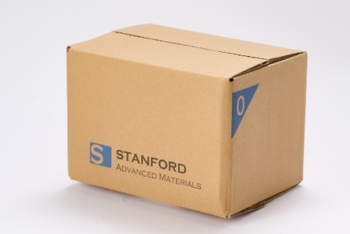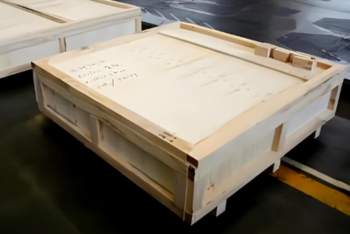


C103 Spherical Powder is offered in spherical powder for use with the electron beam. Stanford Advanced Materials (SAM) has rich experience in manufacturing and supplying high-quality C103 Spherical Powder.
Related products: Spherical Niobium Powder (Spherical Nb Powder), Niobium Aluminide (NbAl3), Niobium Titanium Alloy Spherical Powder (Nb42Ti58)




C103 Spherical Powder is offered in spherical powder for use with the electron beam. Stanford Advanced Materials (SAM) has rich experience in manufacturing and supplying high-quality C103 Spherical Powder.
Related products: Spherical Niobium Powder (Spherical Nb Powder), Niobium Aluminide (NbAl3), Niobium Titanium Alloy Spherical Powder (Nb42Ti58)




Niobium Hafnium Alloy Spherical Powder (C103) also called Niobium C103 or Nb-Hf-Ti is a specialized alloy powder consisting of niobium (Nb), hafnium (Hf), and a small amount of titanium (Ti). Nb and Hf provide high strength, ductility, high-temperature stability, and remarkable corrosion resistance. Titanium is a principal additive element that results in solid solution strengthening of high-temperature strength, along with enhancing oxidation resistance and weldability.
About 3D Printing – From Wikipedia
3D printing, also known as additive manufacturing (AM), refers to various processes used to synthesize a three-dimensional object. In 3D printing, successive layers of material are created under computer control. These objects can be of almost any shape or geometry and are produced from a 3D model or another electronic data source. A 3D printer is a type of industrial robot.
C103 Niobium Powder Physical properties
|
Particle Size |
15-53 μm, 45-150 μm, or customized |
|
Apparent Density (g/cm3) |
≥4.5 |
|
Tap Density (g/cm3) |
>5.5 |
|
Thermal Conductivity (W/m·K) |
52 |
|
Hall Flow Rate (s/50g) |
≤10 |
|
Oxygen Content |
≤1000 ppm |
|
N Content |
<100 ppm |
*Custom oxygen content with lower levels is available. Please feel free to contact us.
C103 Niobium Powder Chemical Composition
|
Nb |
Hf |
Ti |
Zr |
Ta |
W |
O |
N |
|
Bal. |
9.0-11.0 |
0.7-1.3 |
≤0.7 |
<0.5 |
<0.5 |
≤1000 ppm |
<100 ppm |
Our C103 Spherical Powder is carefully handled during storage and transportation to preserve the quality of our product in its original condition.


1. What is the composition of Niobium C103?
C103 is a niobium alloy with 89% Nb, 10% Hf, and 1% Ti composition that offers greater strength and oxidation resistance.
2. Is Niobium C103 suitable for additive manufacturing?
Yes, the spherical C103 niobium powder form is well-suited to the process for 3D printing, specifically rocket nozzles and high-temperature componentry.
3. What are the advantages of C103 niobium alloy compared to other high-temperature alloys?
Niobium alloys have low density. They have good strength at high temperatures. They are easily formable, both cold and hot. They are easily weldable. Delicate and thin parts can be fabricated using these alloys. These alloys are used in rocket engines, satellites, spacecraft, and missile thrust chamber extensions are appropriate for them. This makes them important to aerospace structures.
4. What is the difference between C-103 and Nb521 alloys?
Nb521 is much stronger than C-103 at high temperatures. Nb521 is 3-4 times stronger than C-103 at 1600°C.
Related Articles:
Overview of C103 Alloy Spherical Powder: Composition, Properties, Applications

